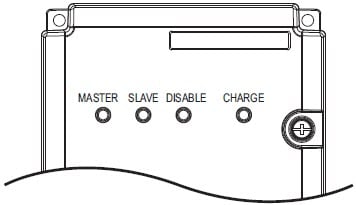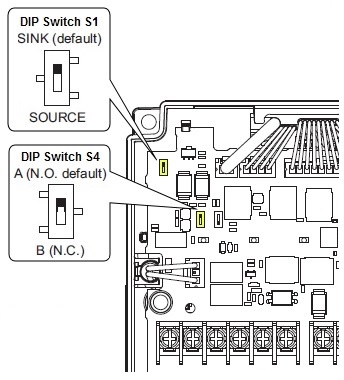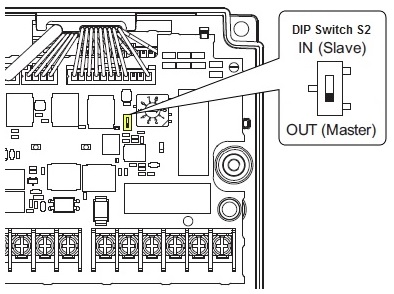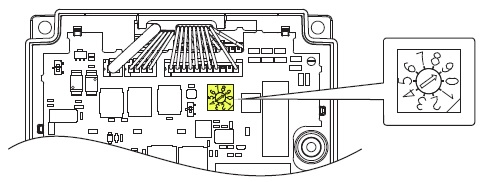|
||
|
An oV (DC Bus Overvoltage) fault is triggered when the drive's DC bus voltage rises higher than the overvoltage trip point. A CDBR (Dynamic Braking) unit paired with a resistor(s), is used to help decelerate and bring the motor to a smooth stop to prevent a fault such as an oV. If an oV fault is occurring when using a CDBR unit, an issue may be present with a system component or the CDBR unit may not be sized correctly for the application. The oV fault trip point is approximately:
|
|
|||||||||||||||||||||||||||||||||||||||||||||||||||||||||||||||||||||||||||||||||||||||||||||||||||||||||||||||||||||||||||||||||||||||||||
|
Follow the steps below when troubleshooting an oV (DC Bus Overvoltage) fault when using a CDBR-xxxxD Dynamic Braking Unit:
|
|||||||||||||||||||||||||||||||||||||||||||||||||||||||||||||||||||||||||||||||||||||||||||||||||||||||||||||||||||||||||||||||||||||||||||
|
||
| GA800, GA800 Configured, A1000, A1000 Configured, G5, F7, F7C Configured, L1000, L7, V1000, V1000-4X, V7, |
|
||
| Advanced Random Rotary Knife with Cam Blend, Air Compressor, Blister pack Thermoformer, Cartoner, Centrifuge, Conveyor, Crane/Hoist, Dynamometer, Elevators and Escalators, Extrusion, Fans/Blowers, Feed To Length, General Machinery, HVAC, Irrigation, Labeler, Laundry, Linear Flying Shear, Machine Tool, Mixer, Other, Packaging, Palletizer, Precision Grinding, Pump, Punch Press, Rotary Knife, Rotary Placer, Rotary Table Indexer, Screw Feeder, Semiconductor, Solar Cell Tabbing and Bussing, Solar - Textured Etching, Synch-Belt, Textile, Winding, |
|
||
| CDBR Unit, Dynamic Braking, |
| Last Modified Date: 07-22-2024 |
|
|



